Back to black: Edmund de Waal plays with dark glazes in new body of work
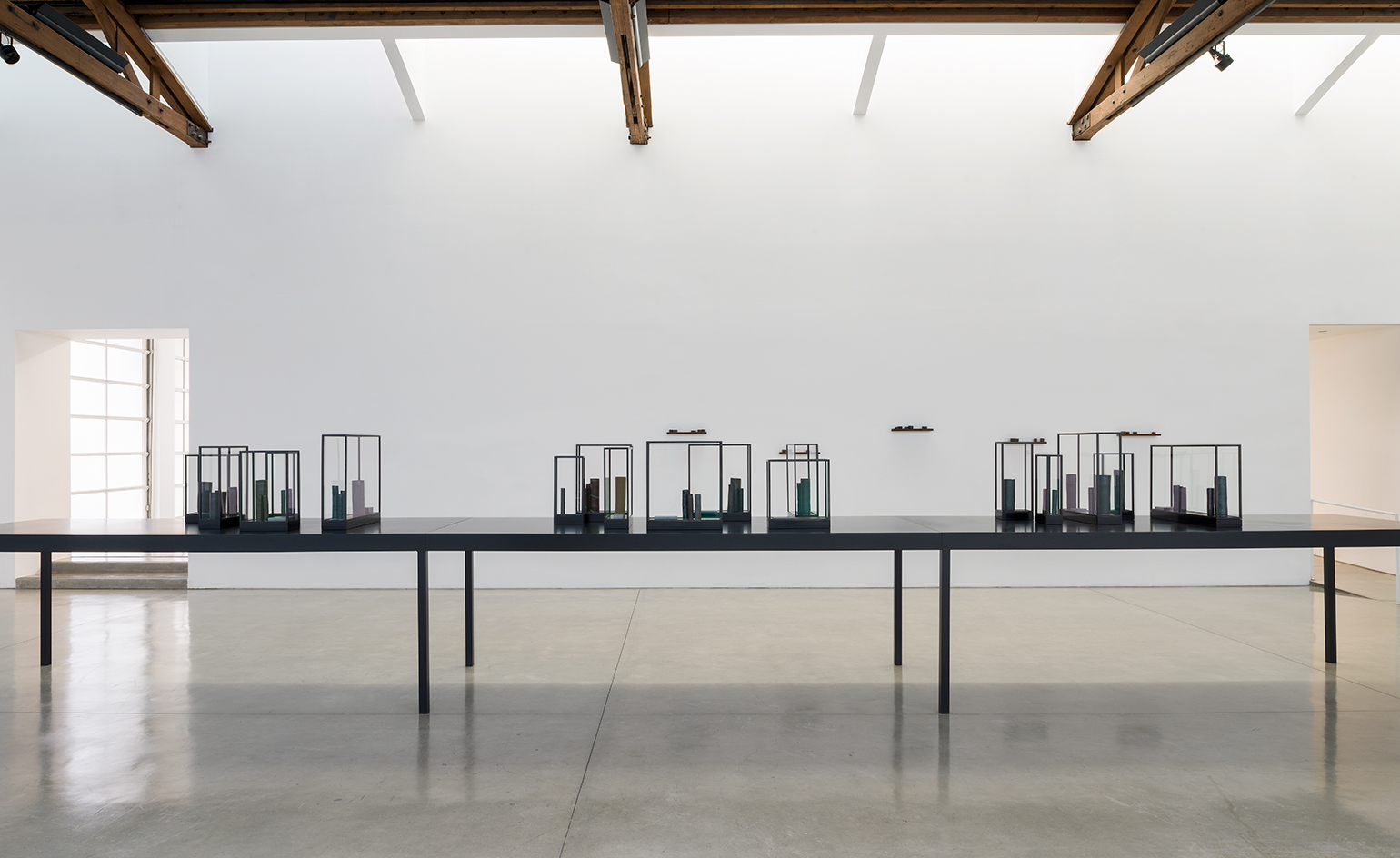
‘This is a huge departure, quite a scary one, actually,’ says Edmund de Waal of ‘Ten thousand things’, his upcoming solo show at Gagosian Beverly Hills. For a world-renowned ceramicist who threw his first pot at the age of five – and who’s since installed his elegant and haunting ceramic-filled vitrines beneath the pavement outside the University of Cambridge and atop the cupola of the Victoria & Albert Museum — that’s saying quite a lot. ‘It’s come out of a lengthy period of thinking about architecture and music and all kinds of other things, so it’s a really big show for me.’
For those who are familiar with de Waal’s work — mainly white, black, sometimes colored vitrines, carefully staged with Japanese-influenced pots, plates or cups that are created in an assembly-line-like fashion at his white-walled, gallery-sized South London studio — the format might not, at first glance, seem particularly groundbreaking. Even his use of black porcelain, which he showed at his 2013 debut with Gagosian in New York, and again at his 2010 solo at London’s Alan Cristea Gallery, isn’t entirely novel.
But over the last two and a half years, the artist has been experimenting with black glazes in an attempt to find ‘new shadows, gaps and spaces in his work’, he says. ‘And what those can do at scale.’
The decision to explore this darker terrain — in the form of hundreds of black vessels made with copper-and-tin-flecked glazes in dialogue with hunks of raw materials (from Cor-Ten steel and gold, to lead and plaster) all framed within various black aluminum-and-glass vitrines — began as a response to the revolutionary scores of John Cage, particularly his mid-century masterpiece The ten thousand things.
For de Waal, Cage’s brief residency in the early 1930’s at Rudolph Schindler’s King’s Road House in West Hollywood (now home to the MAK Center for Art and Architecture) was the starting point. ‘I’ve had a photograph of the Schindler on my wall for about 20 years,’ says de Waal, who hasn’t actually been back to the house for over a decade. Still, this meeting of modernist mavericks, argues de Waal, provided a mind-clearing platform that allowed Cage’s more iconic sonic experimentations to take shape.
‘The Schindler House with its concrete and timber coming together in unexpected ways and Cage being so decidedly radical about not letting anything lie – to free yourself from what you know, they seem to be different things. But they’re actually very similar in that they’re both experimenting in public. That’s really what this is about,’ says De Waal, who is making, glazing and placing his works in a looser, more intuitive fashion for his own public experiment in Beverly Hills. ‘I just picked up these blocks of Cor-Ten steel and thumped them down very rhythmically, in a very random way. It’s as close as I’ve ever gotten to doing a musical score.’
In years past, De Waal admitted his installations had a borderline over-determinacy about them, but claims his newfound freedom is ‘a lot more fun,’ he says. ‘Of course it doesn’t always work. In all proper experiments, some things go wrong.’
The exhibition might be seen as a through-the-looking-glass moment for De Waal’s obsession with vitrines. ‘The vitrine is a safe container, where you prevent the diaspora and when I started using vitrines that was the resonant stuff,’ says De Waal. ‘Now it’s much, much more sculptural. It’s an elbows-out kind of relationship between what’s going on with structure and objects.’
At Gagosian, de Waal is revolting against those safety barriers and virtually everything he was chasing in The White Road: Journey Into an Obsession, his new ‘history of brokenness and shards’ that documents recent pilgrimages to Jingdezhen, China, Dresden, Germany and Cornwall, England, the high holy places of porcelain, which has defined his delicate practice for the past three decades.
‘I was living in this obsessive space in my head about white and reading Moby Dick and I was really, really interested in trying to get as close to the first moment of porcelain in the west in Meissen, where they tried for 15 years to make white porcelain and they ended up making black porcelain because they couldn’t figure it out.
'It struck me as this extraordinary, deep metaphor — you’re trying to get to white but you have to go through black,' says De Waal, explaining, 'I don’t do random exhibitions. It’s about a body of work for specific place, a time of year, a quality of light. This exhibition is for LA, a city of exiles and wannabes and experimentation and Schindler and Cage. It seemed to be a very good conjunction to give me a kick to do what I wanted to do.'
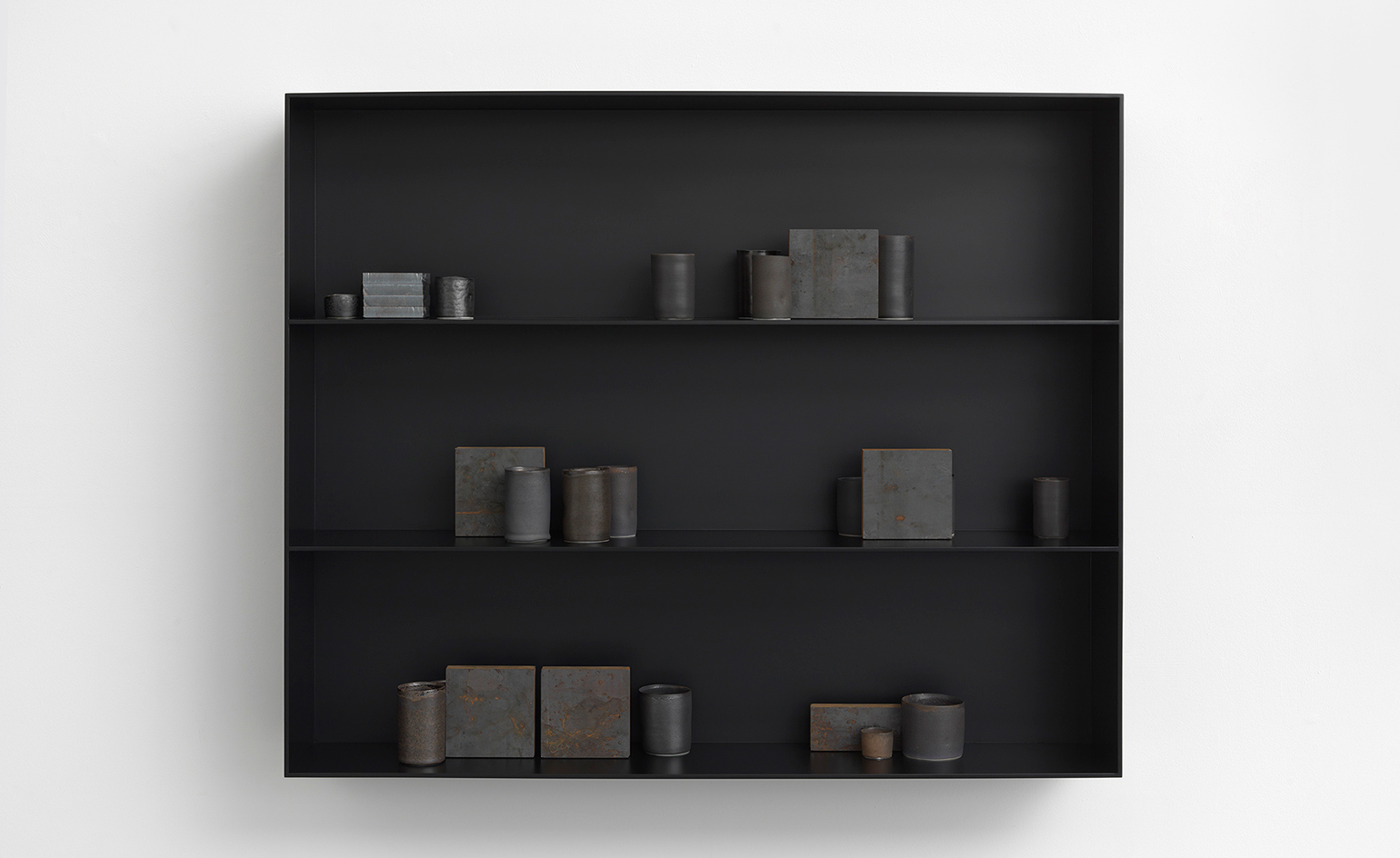
Edmund De Waal's 'Ten thousand things', opening today at Gagosian Beverly Hills, explores the artist's interests in black porcelain glazes. Pictured: to speak to you, 2015
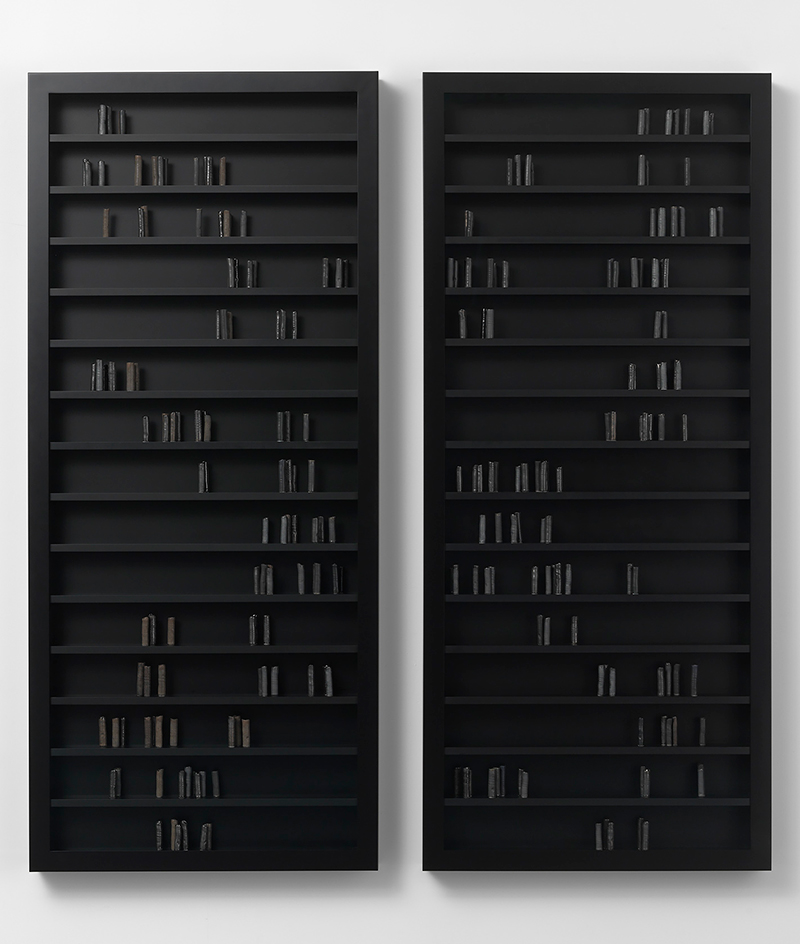
The title of the show is a nod to the composer John Cage, whose revolutionary scores were an initial inspiration for de Waal's segue into darker territory. Pictured: black milk, 2014
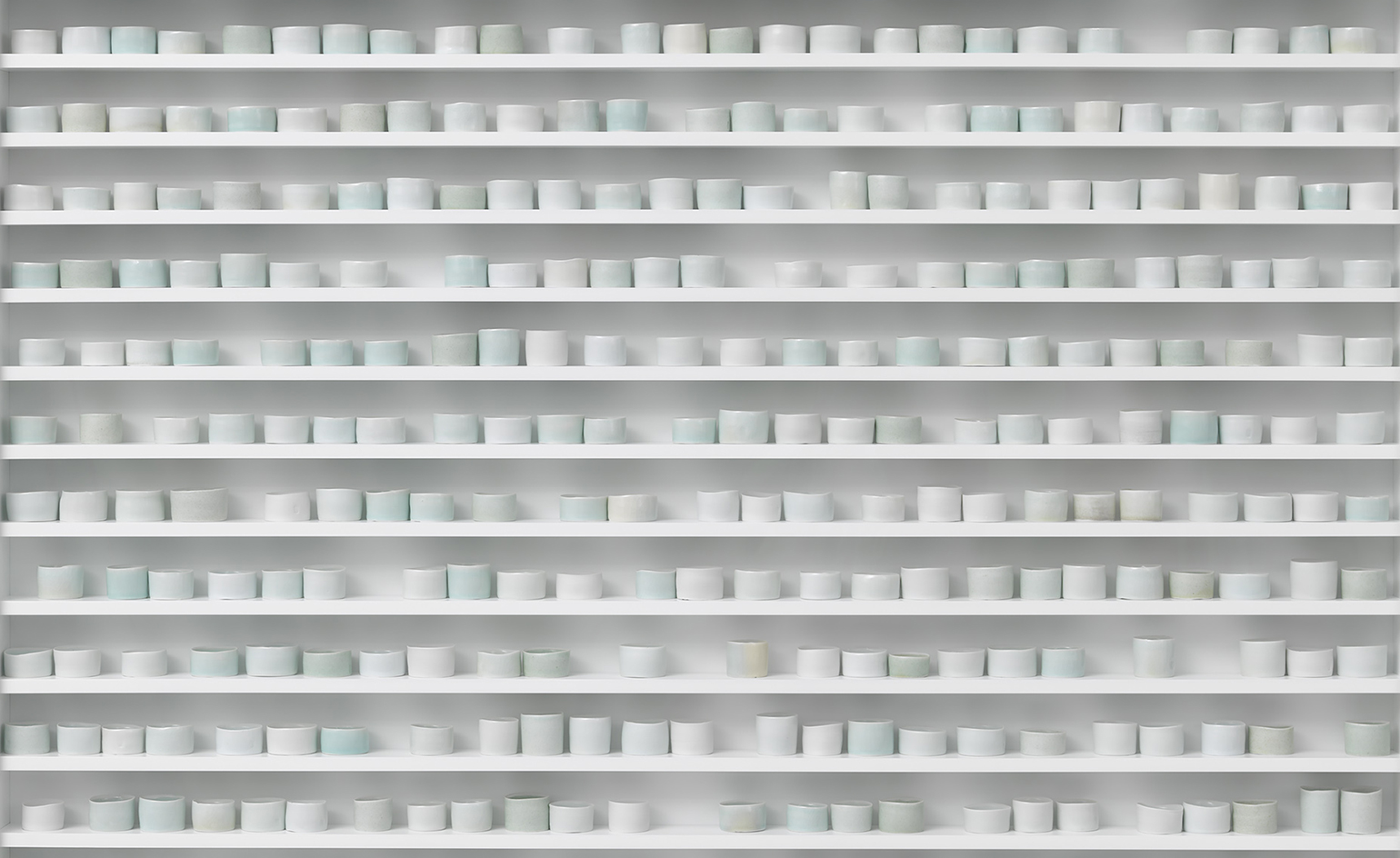
The exhibition might be seen as a through-the-looking-glass moment for De Waal’s obsession with vitrines. ‘The vitrine is a safe container, where you prevent the diaspora and when I started using vitrines that was the resonant stuff,’ he says. Pictured: a lecture on the weather, 2015

De Waal's interest began with 'trying to get as close to the first moment of porcelain in the west in Meissen, where they tried for 15 years to make white porcelain and they ended up making black porcelain because they couldn’t figure it out'. Pictured: ten thousand things, I-XX, 2015

‘Now it’s much, much more sculptural,' he continues. 'It’s an elbows-out kind of relationship between what’s going on with structure and objects.’ Pictured: ten thousand things, for John Cage, IX, 2015
INFORMATION
’Ten thousand things’ is on view until 18 February. For more information, visit the Gagosian’s website
Photography: Mike Bruce. Courtesy of the artist and Gagosian Gallery
ADDRESS
Gagosian Beverly Hills
456 North Camden Drive
Beverly Hills, California
Receive our daily digest of inspiration, escapism and design stories from around the world direct to your inbox.
-
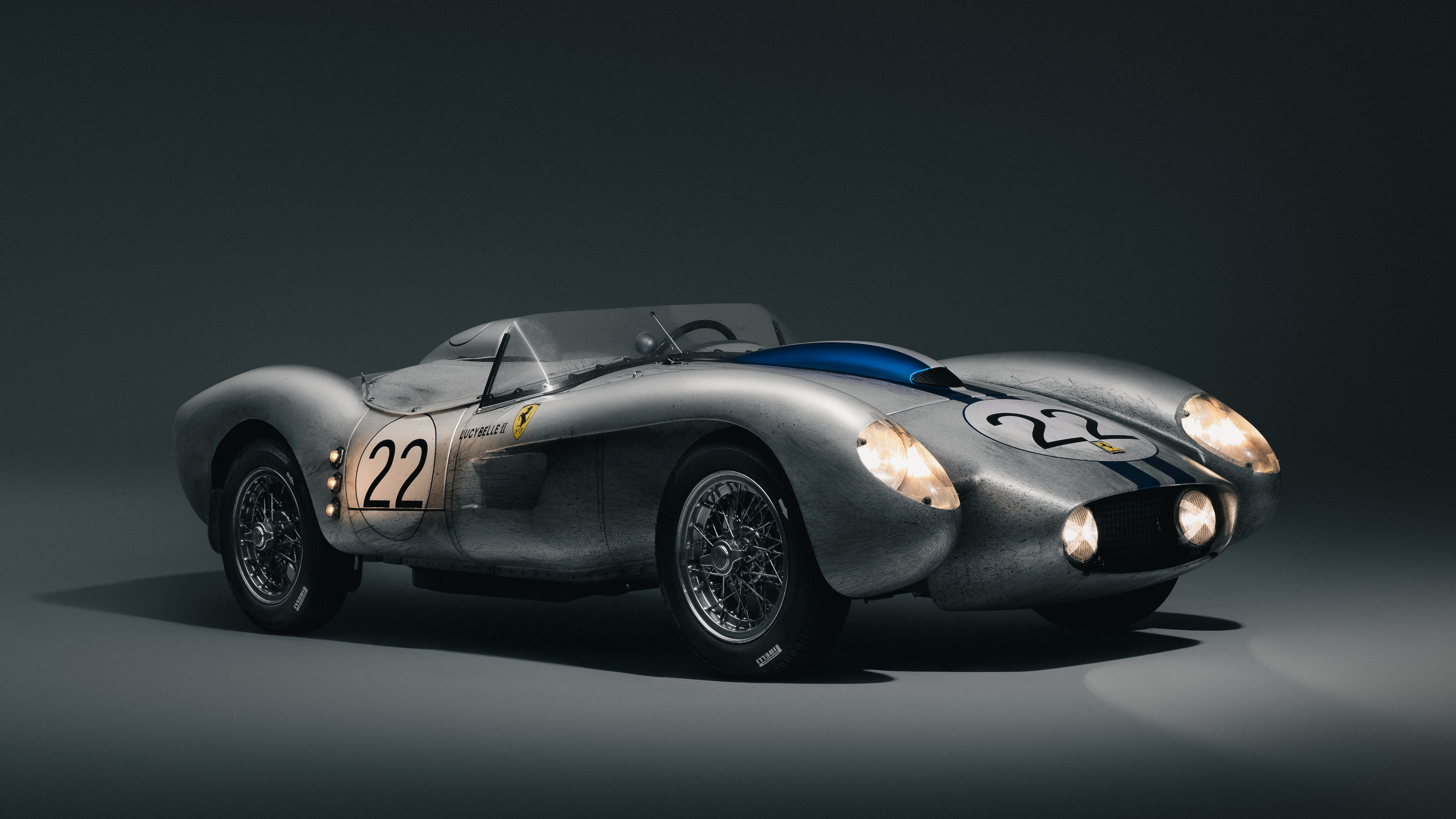 ‘Lucybelle II’ is a small scale homage to an iconic racing Ferrari, created by Hedley Studios
‘Lucybelle II’ is a small scale homage to an iconic racing Ferrari, created by Hedley StudiosHedley Studio has shaped an exacting 75% scale replica of the 1958 Ferrari Testa Rossa J ‘Lucybelle II’, complete with track-worn patina
-
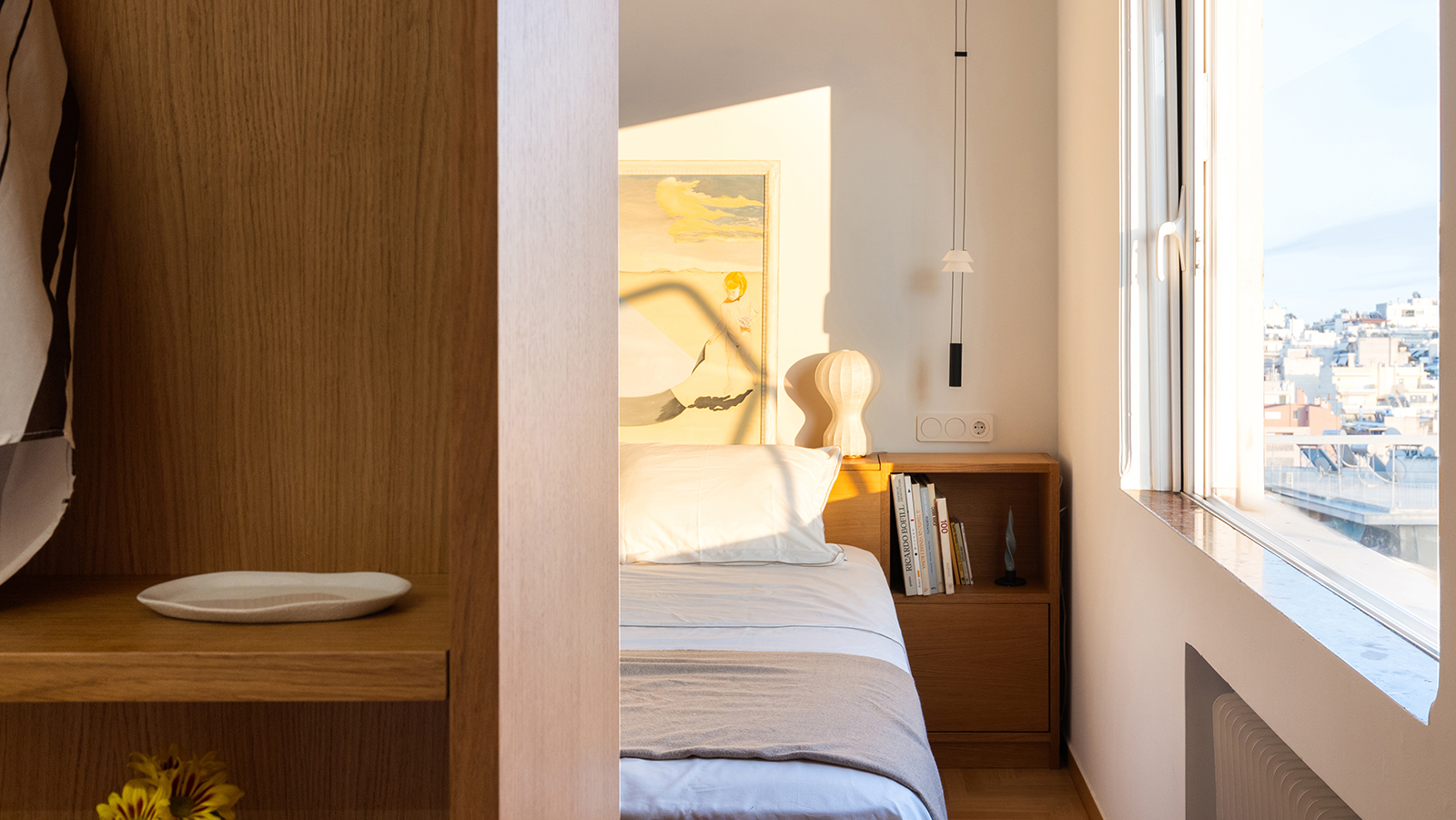 Explore a refreshed Athens apartment full of quirk and midcentury character
Explore a refreshed Athens apartment full of quirk and midcentury characterA 1960s Athens apartment is revived by architects Aspassia Mitropapa and Christina Iliopoulou, who elegantly brought its midcentury appeal to the 21st century
-
 The world’s best running brands, according to Wallpaper*
The world’s best running brands, according to Wallpaper*Think you need to sacrifice style for performance? Think again. Here’s the 15 best running brands for feeling fast and looking fresh
-
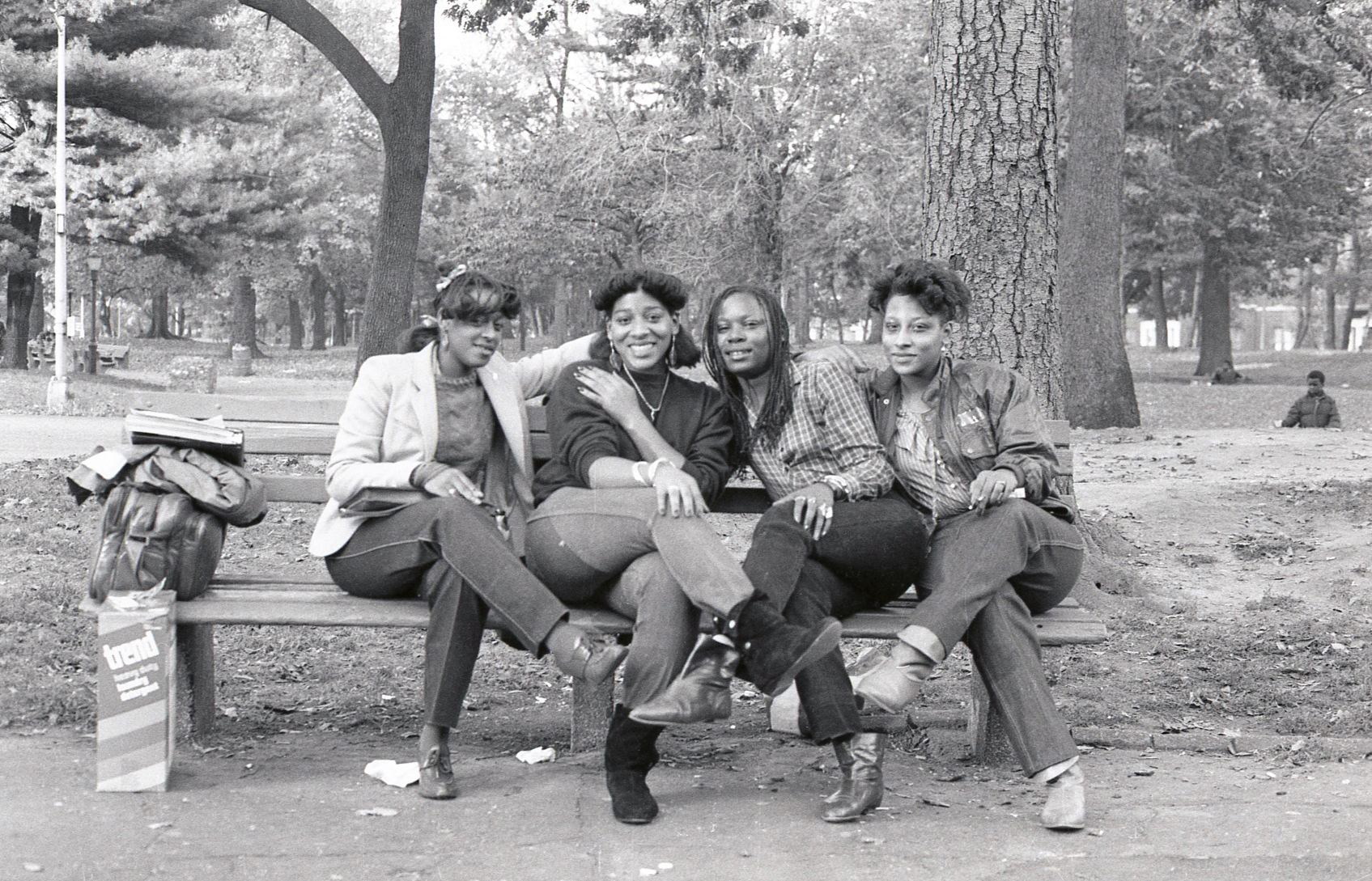 Jamel Shabazz’s photographs are a love letter to Prospect Park
Jamel Shabazz’s photographs are a love letter to Prospect ParkIn a new book, ‘Prospect Park: Photographs of a Brooklyn Oasis, 1980 to 2025’, Jamel Shabazz discovers a warmer side of human nature
-
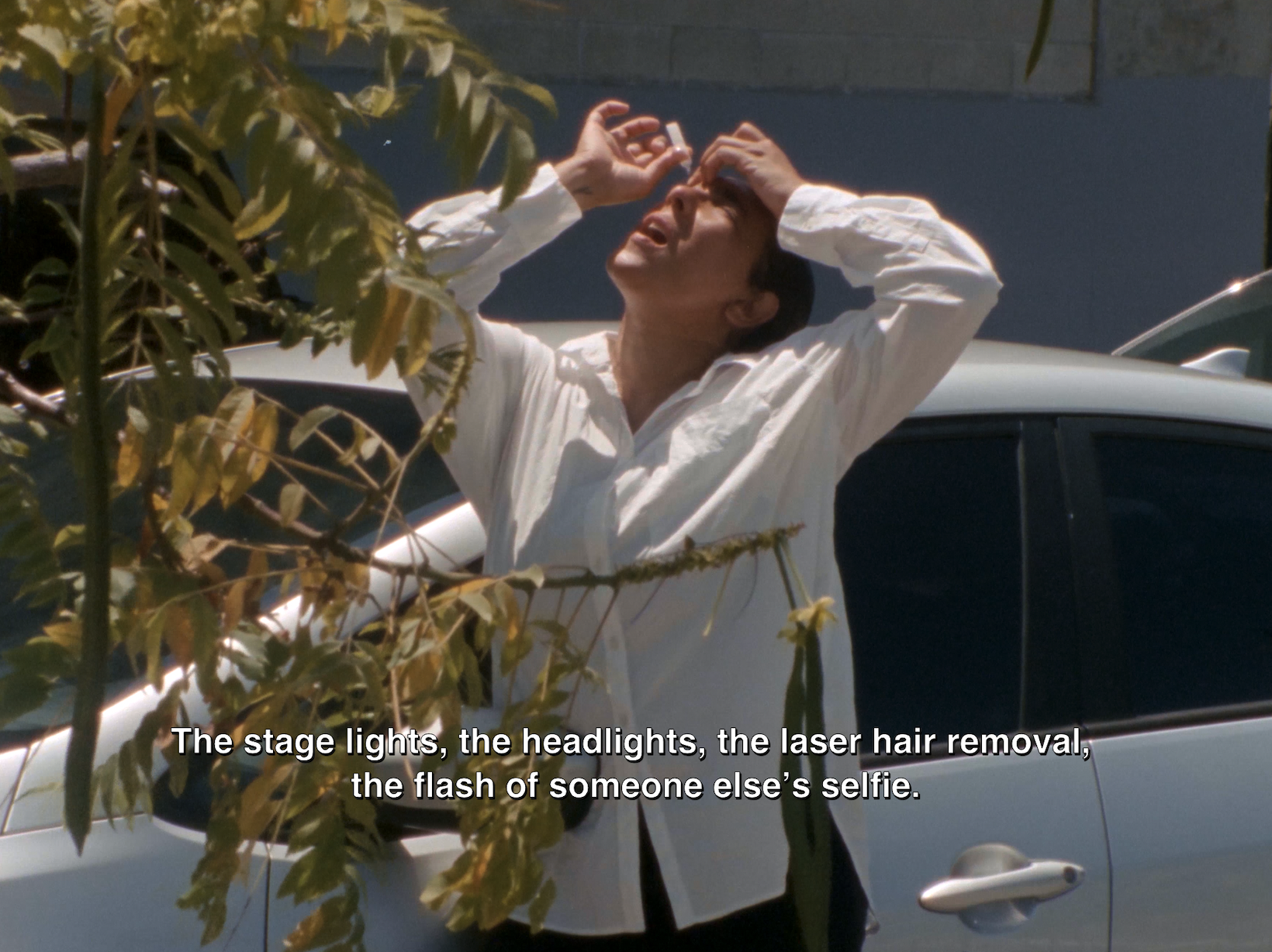 The Hammer Museum in Los Angeles launches the seventh iteration of its highly anticipated artist biennial
The Hammer Museum in Los Angeles launches the seventh iteration of its highly anticipated artist biennialOne of the gallery's flagship exhibitions, Made in LA showcases the breadth and depth of the city's contemporary art scene
-
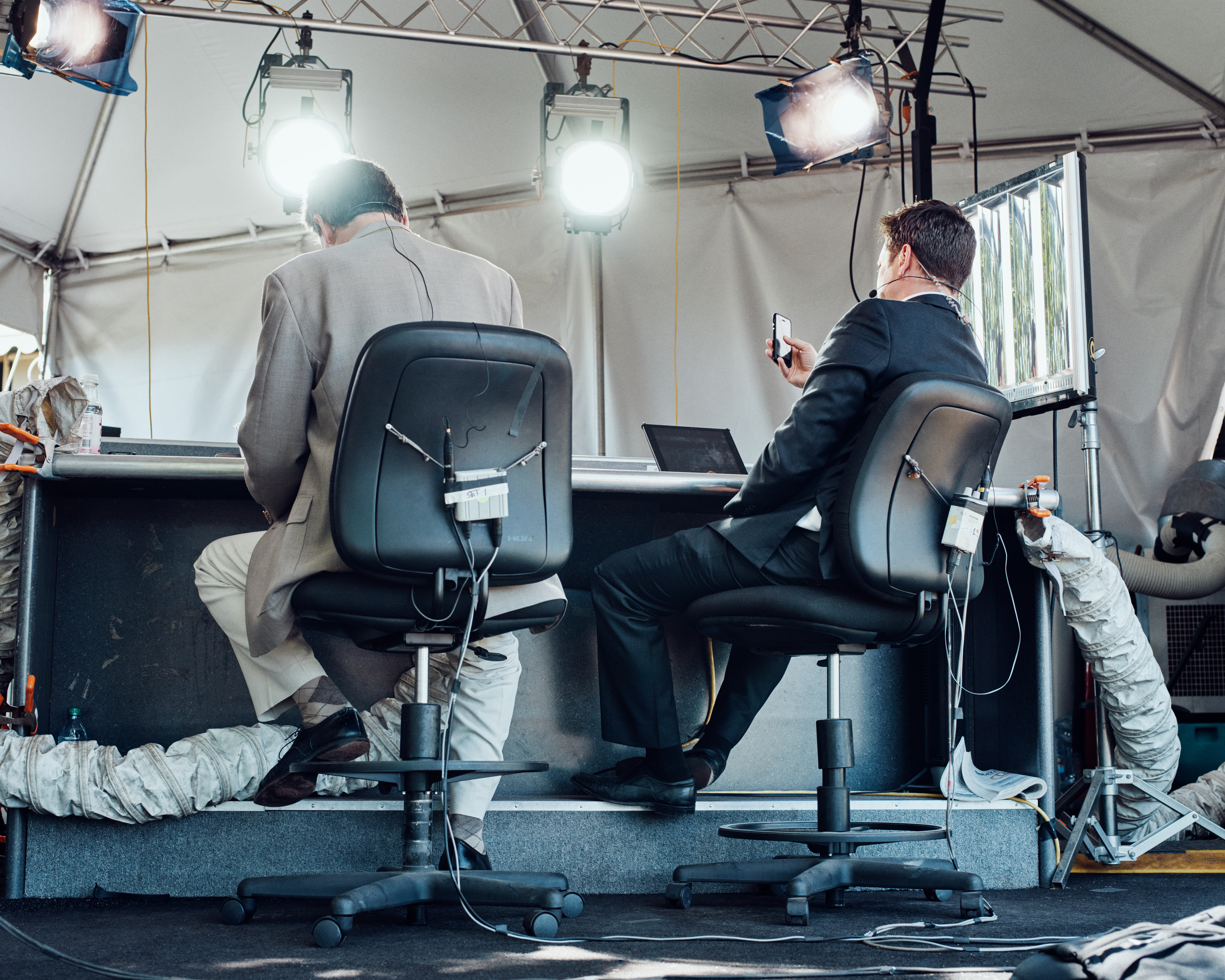 Thomas Prior’s photography captures the uncanny fragility of American life
Thomas Prior’s photography captures the uncanny fragility of American lifeA new book unites two decades of the photographer’s piercing, uneasy work
-
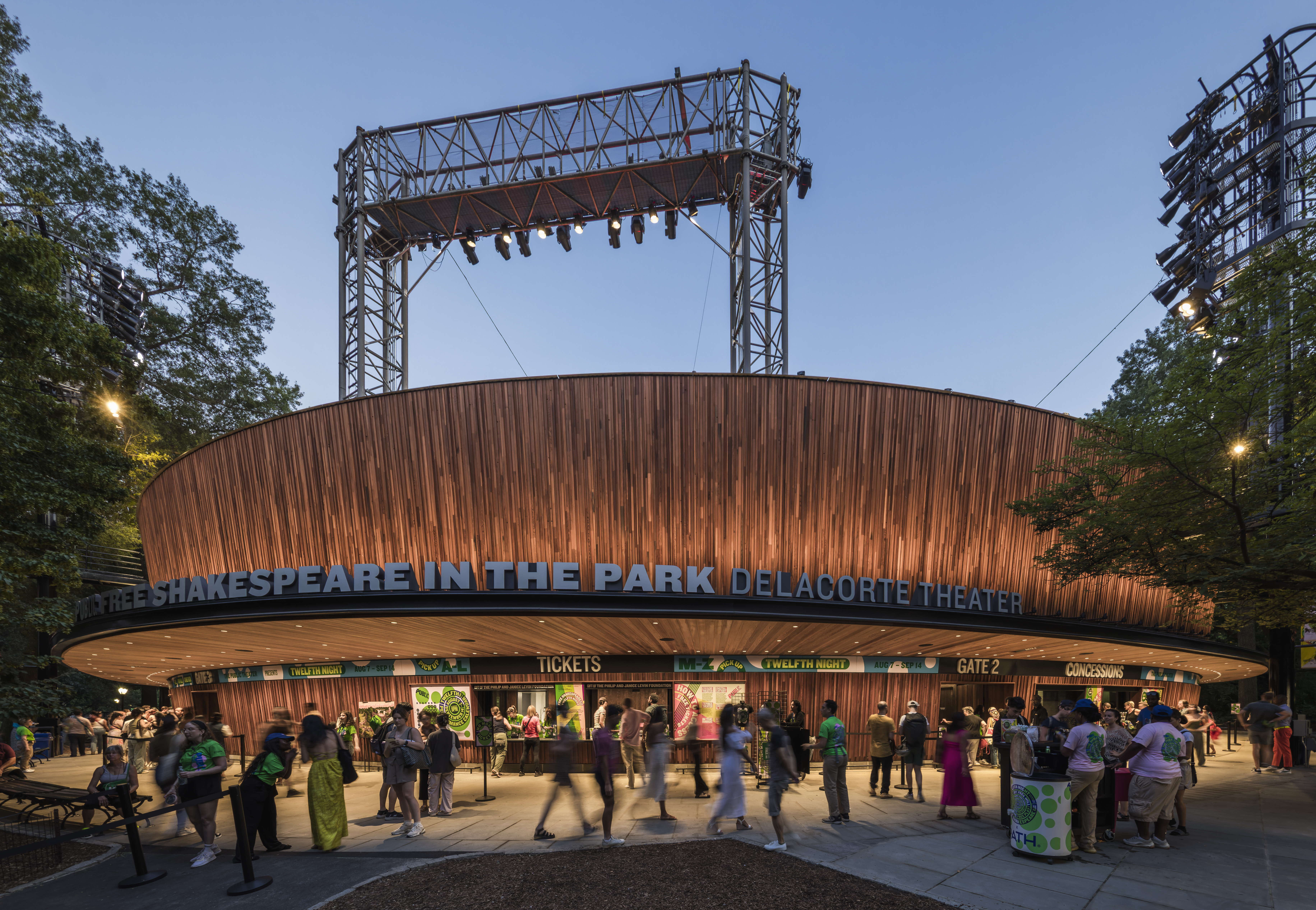 Central Park’s revitalised Delacorte Theater gears up for a new future
Central Park’s revitalised Delacorte Theater gears up for a new futureEnnead Architects helmed an ambitious renovation process that has given the New York City cultural landmark a vibrant and more accessible future
-
 Stephen Prina borrows from pop, classical and modern music: now MoMA pays tribute to his performance work
Stephen Prina borrows from pop, classical and modern music: now MoMA pays tribute to his performance work‘Stephen Prina: A Lick and a Promise’ recalls the artist, musician, and composer’s performances, and is presented throughout MoMA. Prina tells us more
-
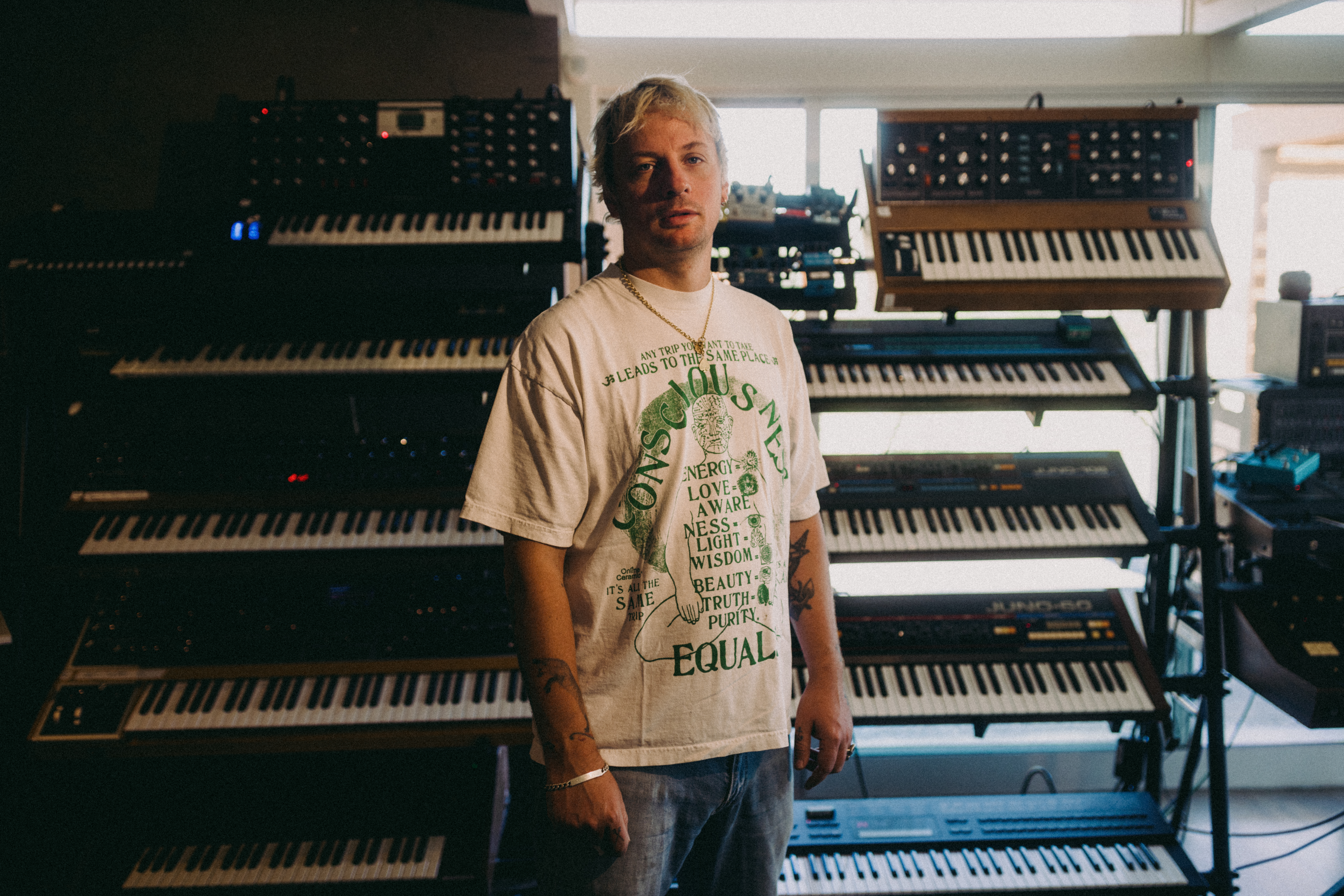 Curtains up, Kid Harpoon rethinks the sound of Broadway production ‘Art’
Curtains up, Kid Harpoon rethinks the sound of Broadway production ‘Art’He’s crafted hits with Harry Styles and Miley Cyrus; now songwriter and producer Kid Harpoon (aka Tom Hull) tells us about composing the music for the new, all-star Broadway revival of Yasmina Reza’s play ‘Art’
-
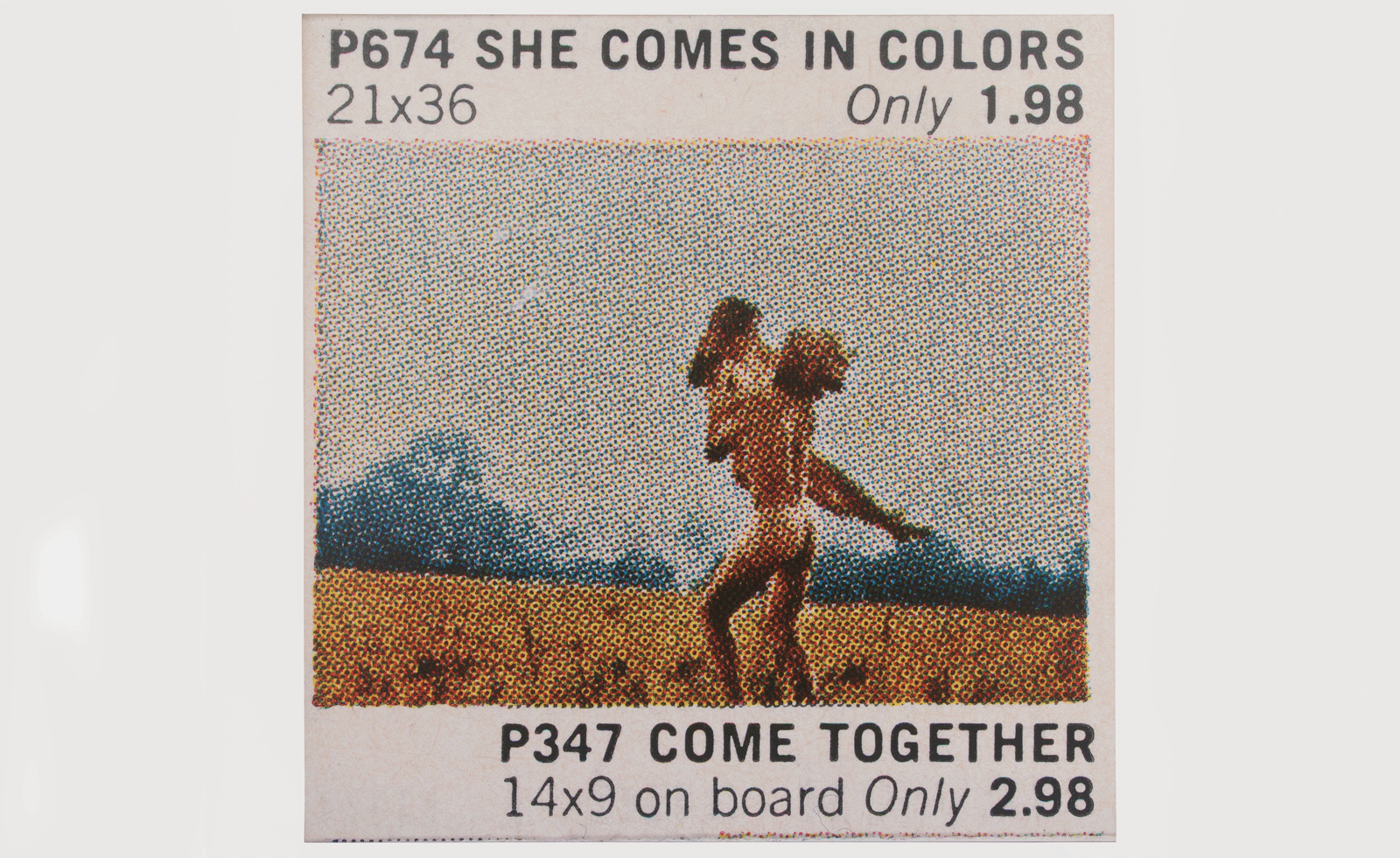 Richard Prince recontextualises archival advertisements in Texas
Richard Prince recontextualises archival advertisements in TexasThe artist unites his ‘Posters’ – based on ads for everything from cat pictures to nudes – at Hetzler, Marfa
-
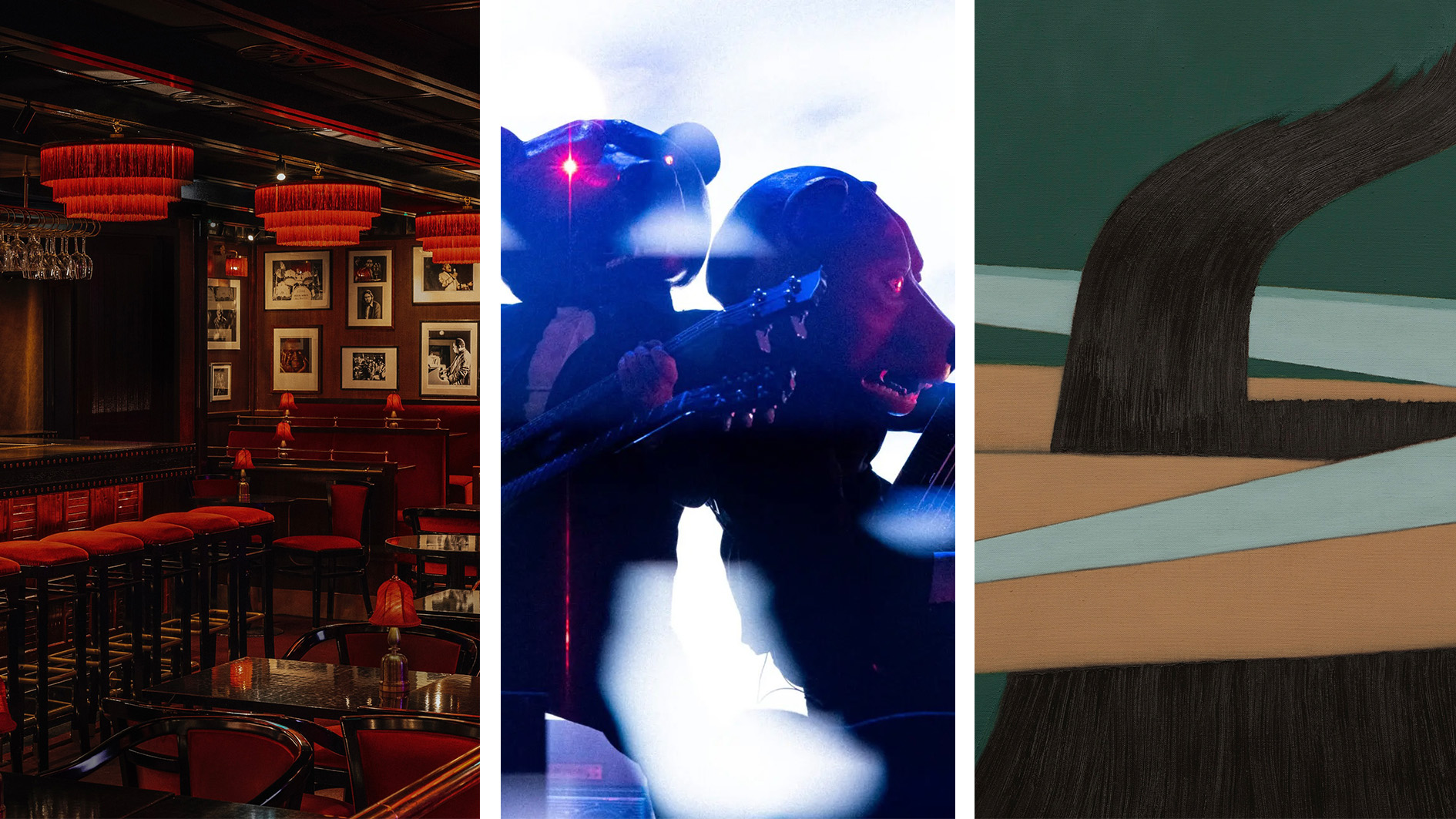 Out of office: the Wallpaper* editors’ picks of the week
Out of office: the Wallpaper* editors’ picks of the weekAnother week, another flurry of events, opening and excursions showcasing the best of culture and entertainment at home and abroad. Catch our editors at Scandi festivals, iconic jazz clubs, and running the length of Manhattan…